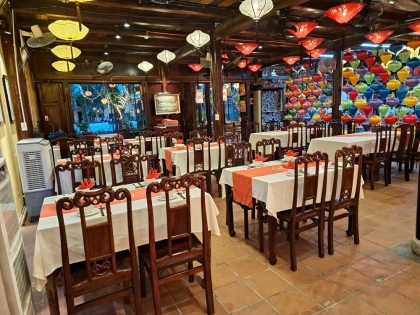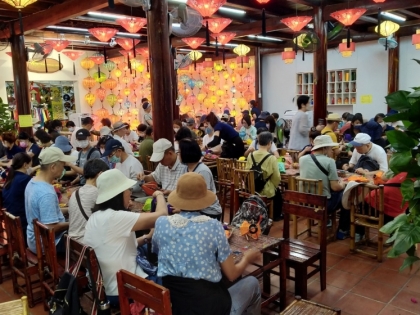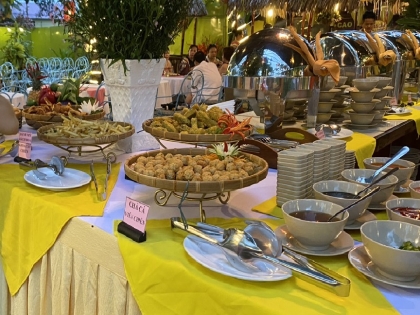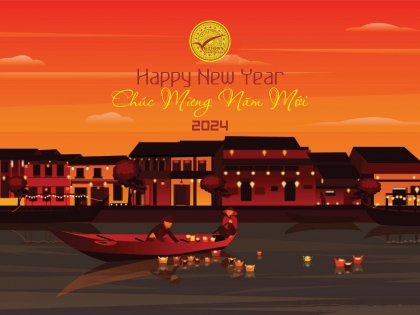Hoi An’s signature noodle dish is the history of the city in a bowl. The cuisines of foreign traders have been added ingredients over time but it is still quintessentially Vietnamese
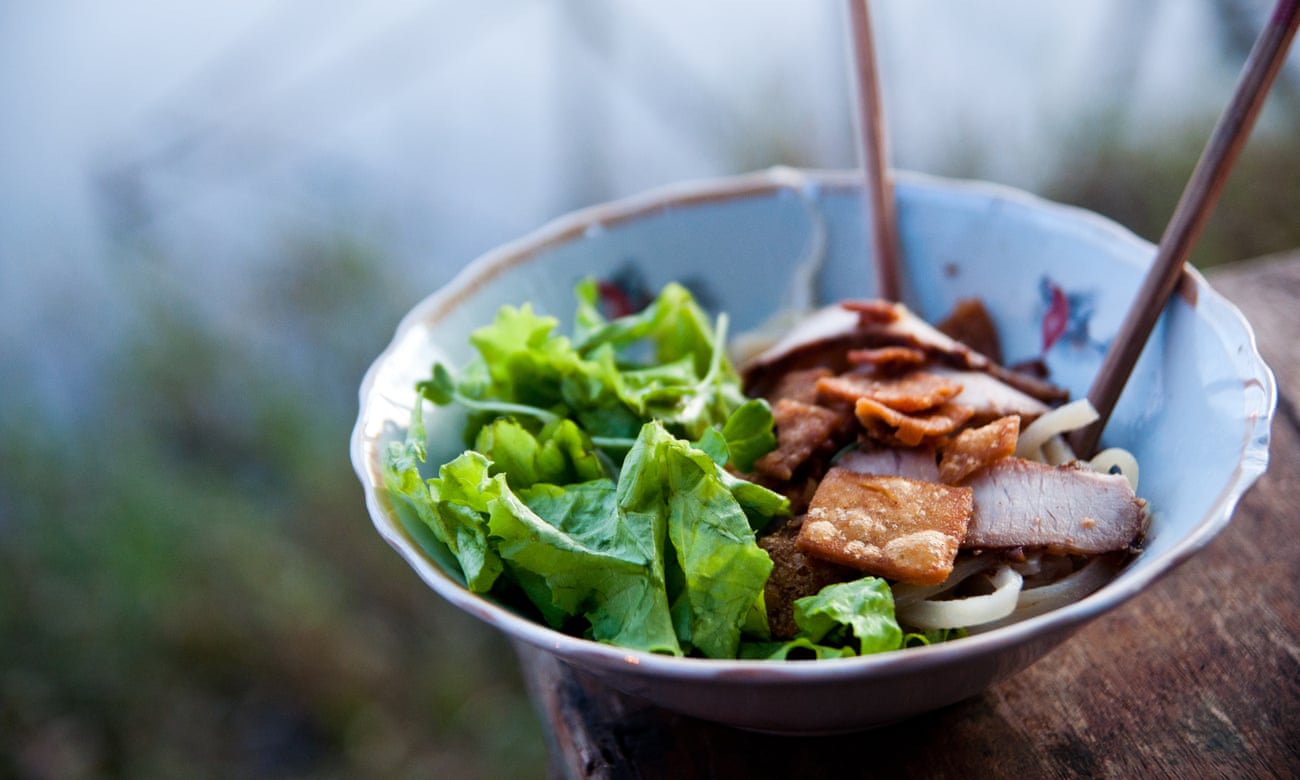
Once a key trading post on the Spice Route linking the orient and the occident, the ancient riverside port of Hoi An in central Vietnam has always been a melting pot of cultures and cuisines. It remains a honey pot for travellers – its streets are lined with higgledy piggledy wooden Japanese merchant houses, Chinese temples billow with clouds of incense and food stalls produce gutsy cooking infused with spices and singing with fresh herbs.
Cao lau is Hoi An in a bowl. Unique to the town, this noodle dish brilliantly reflects the influence of waves of traders who came here to seek their fortune. The dish’s origins are hotly debated, but there is no denying that the fat rice noodles, given a distinctive soft yellow tinge and chewy texture by the addition of wood ash and calcium-rich well water, bear more than a slight resemblance to Japanese soba noodles, and the aromatic juicy slices of stir-fried pork, marinaded in star anise and cassia bark, add a very definite Chinese twist. However, it is the handfuls of fresh herbs, lemongrass, bean sprouts, crispy fried rice cracker croutons and crunchy pork crackling that makes it unmistakably Vietnamese.

Hoi An riverfront by night
Photo: Alamy
Legend has it that the water used to combine the noodle dough must be drawn from the town’s Ba Le well, famed for its purity. Yet perhaps even more crucially, the noodles must be homemade and hand-cut.
Source: The Guardian


